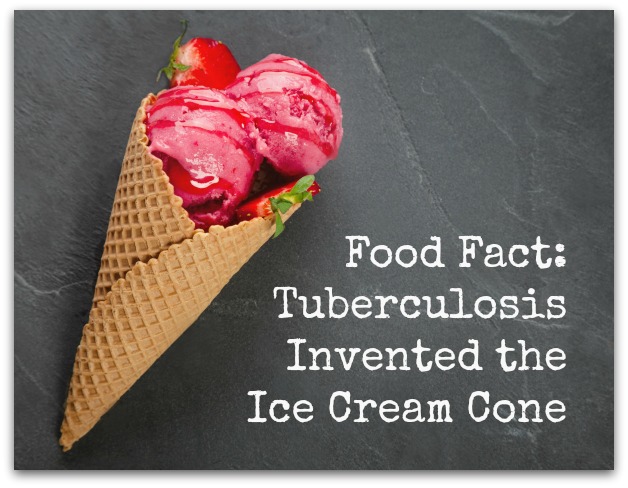The other day we told you about the many variations on ice cream. But here is the grossest ice cream related story we’ve ever come across.

Penny-pricing extended into the world of ice cream, too. Modern day ice cream spread in popularity in European cities in the mid-to-late 1800s, particularly by Swiss and Italian ice cream makers (well, technically, the Italians popularized gelato.)
The most popular and cheapest method for vending ice cream on the streets of London in the 1890s was the “penny lick.” This is long before the days of plastic cups, so ice cream vendors would sell a penny’s worth of ice cream in a tiny glass ice cream dish, about the size of a shot glass. It was so small that a spoon wasn’t necessary—patrons just licked all of the ice cream out of the dish. When they were done they’d give it back to the vendor…who would then immediately refill it with ice cream for another customer. As you can imagine, this is not the most sanitary practice. In 1899, the city of London banned the use of penny licks out of concern that licking unwashed ice cream wishes was somewhat responsible for the spread of tuberculosis.
But how to dispense ice cream in individual servings? Fortunately, around 1900 was a boom year for ice cream holding technology. A New York ice cream seller introduced an ice cream-filled pastry cup around the turn of the century…and the waffle cone debuted at the 1904 St. Louis World’s Fair. Both were intended to be eaten with the ice cream, making them quite hard to share.
Want to read more germ-related horrors? Get Germophobia!







